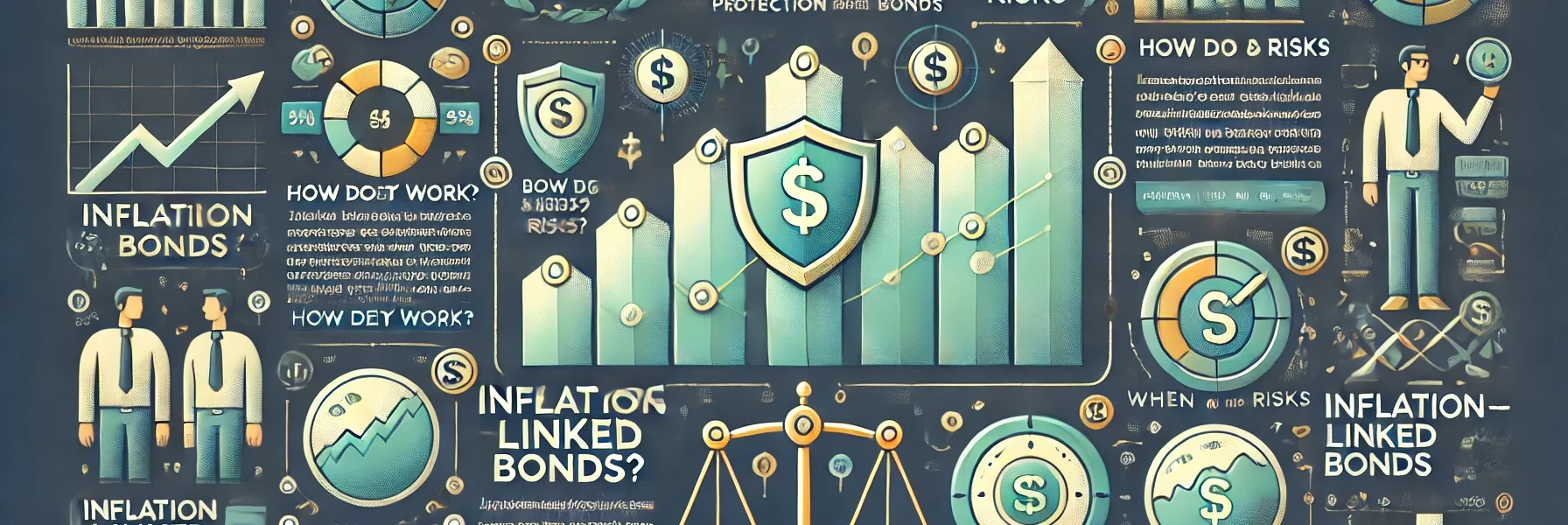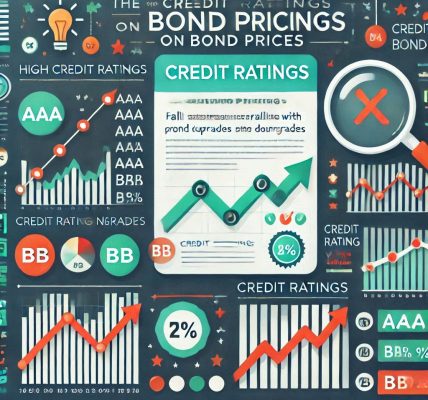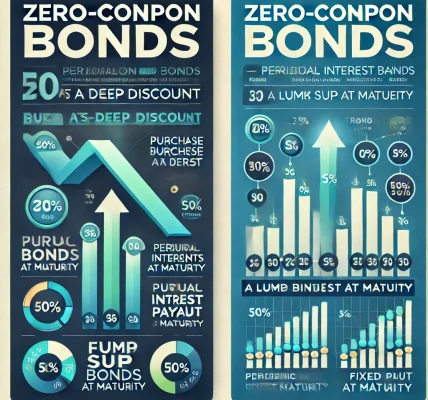Inflation is a persistent concern for investors because it erodes purchasing power over time. When inflation rises, the value of fixed-income investments like traditional bonds can decline in real terms. However, inflation-linked bonds (ILBs) offer a way to safeguard your investments against rising prices. These unique bonds are designed to adjust with inflation, ensuring that your returns maintain their value in real terms.
In this comprehensive guide, we will explore what inflation-linked bonds are, how they work, their benefits and risks, and whether they should be part of your investment strategy.
What Are Inflation-Linked Bonds?
Inflation-linked bonds (also known as inflation-indexed bonds) are fixed-income securities where both the principal amount and interest payments are adjusted for inflation. Unlike conventional bonds with fixed payouts, ILBs offer variable returns that increase or decrease with changes in the inflation rate.
Governments typically issue these bonds to protect investors from inflation. For instance, in the United States, they are called Treasury Inflation-Protected Securities (TIPS), while the UK issues Index-Linked Gilts.
How Do Inflation-Linked Bonds Work?
The main feature that differentiates inflation-linked bonds from conventional bonds is the adjustment mechanism tied to a recognized inflation index, such as the Consumer Price Index (CPI).
- Principal Adjustment: The bond’s face value increases with inflation and decreases with deflation.
- Interest Payments: Interest is calculated as a fixed percentage of the adjusted principal. As the principal rises, the coupon payments increase accordingly.
Example: If you invest in a $1,000 inflation-linked bond with a 2% annual coupon rate, and inflation is 3% during the year, the adjusted principal becomes $1,030. The next coupon payment will be 2% of $1,030 instead of $1,000.
Key Characteristics of Inflation-Linked Bonds
- Issuer: Primarily issued by governments (e.g., U.S. TIPS, UK Index-Linked Gilts)
- Index: Tied to official inflation metrics (e.g., Consumer Price Index)
- Principal Protection: Adjusts for inflation or deflation
- Interest Rate: Fixed but calculated on adjusted principal
Benefits of Investing in Inflation-Linked Bonds
- Inflation Protection: The principal and interest payments rise with inflation, preserving purchasing power.
- Stable Real Returns: Investors receive a guaranteed real yield above inflation.
- Diversification: ILBs offer a hedge against inflationary pressures, improving portfolio stability.
- Low Default Risk: Government-issued ILBs typically have high credit quality, reducing credit risk.
- Tax Advantages: In some cases, these bonds offer favorable tax treatment on inflation-adjusted earnings.
Risks and Drawbacks of Inflation-Linked Bonds
While inflation-linked bonds offer valuable protection, they come with certain risks:
- Deflation Risk: In periods of deflation, the principal amount may decrease, lowering returns.
- Lower Yields: ILBs generally offer lower base yields compared to conventional bonds.
- Tax Implications: Inflation adjustments may be taxable even if the cash payment is not received.
- Interest Rate Risk: Rising interest rates can still cause bond prices to decline.
- Liquidity Risk: Some ILBs, especially in emerging markets, may have limited liquidity.
Types of Inflation-Linked Bonds
- Treasury Inflation-Protected Securities (TIPS): Issued by the U.S. Treasury, providing semi-annual interest payments based on adjusted principal.
- Index-Linked Gilts: Issued by the UK government, similar to TIPS.
- Eurozone Inflation-Linked Bonds: Issued by European governments, linked to the Harmonized Index of Consumer Prices (HICP).
- Corporate Inflation-Linked Bonds: Issued by corporations, but less common and riskier than government-issued ILBs.
How to Invest in Inflation-Linked Bonds
- Direct Purchase: Buy ILBs directly from government auctions or secondary markets.
- Bond Funds and ETFs: Invest in mutual funds or exchange-traded funds (ETFs) specializing in inflation-protected securities.
- Brokerage Accounts: Access ILBs through investment platforms and brokerage firms.
- Retirement Accounts: Include ILBs as part of a diversified retirement portfolio to protect against future inflation.
When Should You Invest in Inflation-Linked Bonds?
Inflation-linked bonds are particularly beneficial in certain economic conditions:
- Rising Inflation: When inflation is expected to increase, ILBs provide a hedge against loss of purchasing power.
- Long-Term Planning: For retirement or long-term savings, ILBs offer stability and inflation protection.
- Diversification: Adding ILBs to a traditional bond or equity portfolio reduces overall risk.
Comparing Inflation-Linked Bonds with Traditional Bonds
| Feature | Inflation-Linked Bonds | Traditional Bonds |
|---|---|---|
| Principal Adjustment | Adjusts with inflation | Fixed principal |
| Interest Calculation | Fixed rate on adjusted principal | Fixed rate on original amount |
| Inflation Protection | Yes | No |
| Yield | Lower base yield | Higher fixed yield |
| Risk Profile | Inflation and deflation risks | Interest rate and credit risks |
Tips for Successful Investment in Inflation-Linked Bonds
- Understand the Index: Ensure you know which inflation index the bond is linked to.
- Consider Tax Implications: Be aware of potential tax liabilities on inflation adjustments.
- Diversify Wisely: Combine ILBs with other asset classes for balanced risk management.
- Monitor Inflation Trends: Invest in ILBs during periods of rising inflation expectations.
- Evaluate Costs: Check fees for ILB-focused ETFs or mutual funds before investing.
Conclusion
Inflation-linked bonds offer a powerful tool for protecting your investments from the damaging effects of rising prices. By understanding their mechanics, benefits, and risks, you can make informed decisions to safeguard your purchasing power and maintain real returns.
If you are concerned about future inflation or seeking to diversify your investment portfolio, including inflation-linked bonds can provide a valuable buffer. Ensure you align your investment strategy with your financial goals and keep an eye on economic conditions for optimal results.



